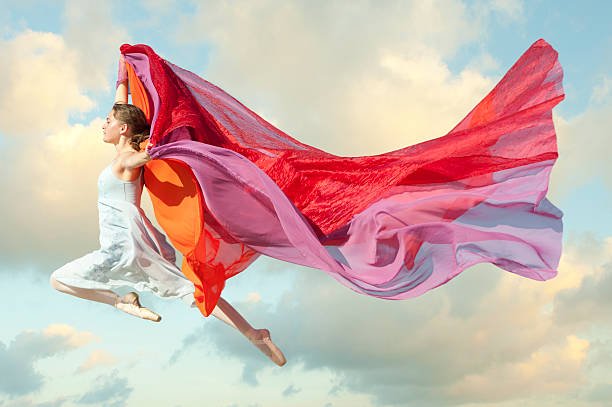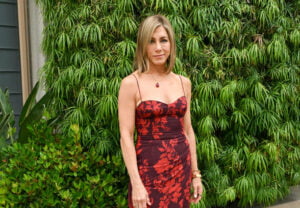Sustainable Fashion: Extraordinary Facts from the History and the Future of Silk Scarves
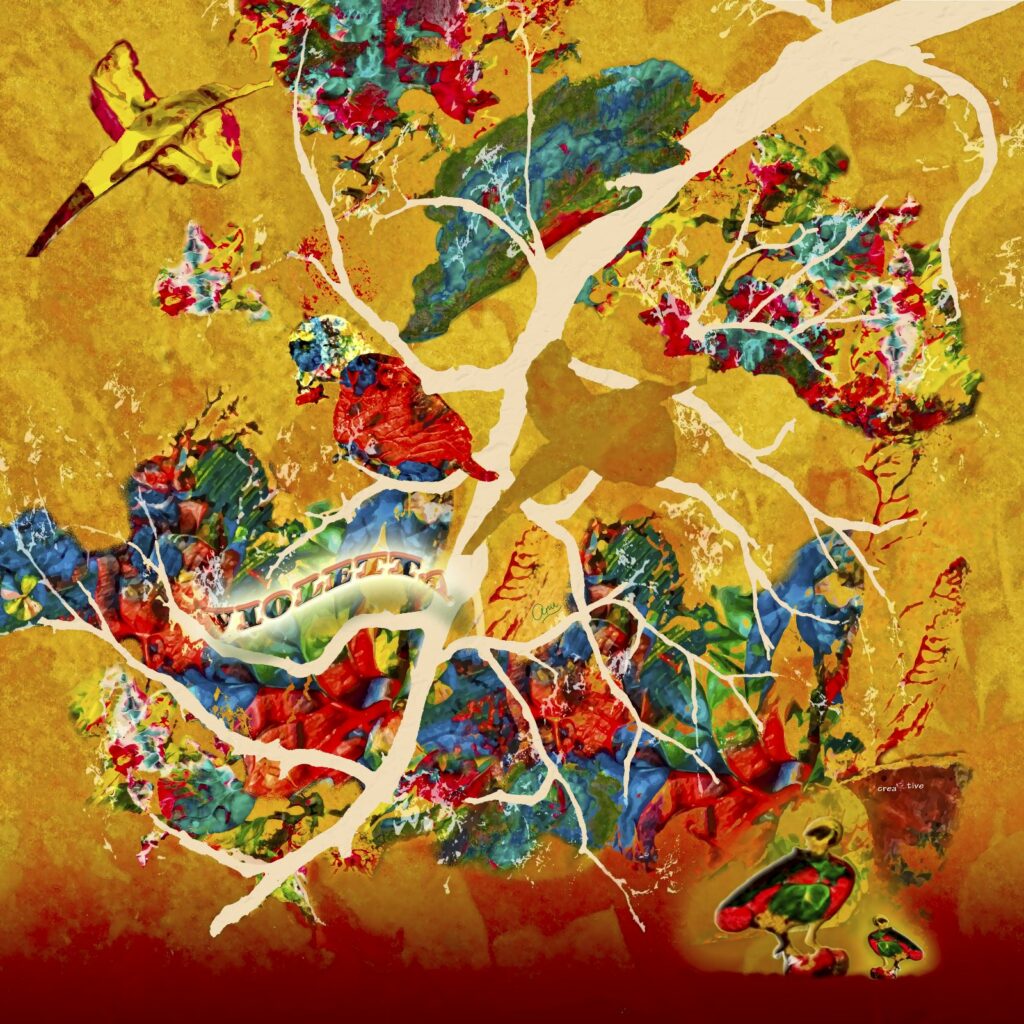
In the vast and varied world of fashion, the humble silk scarf stands out as an enduring accessory that has woven its path through history, threading together cultures, epochs, and styles. A staple of wardrobes worldwide, the silk scarf’s functional versatility and aesthetic charm have made it a fashion icon in its own right. But where did this ubiquitous accessory originate, and how did it come to hold such a prominent place in our sartorial lives?
To answer these questions, we ask artist Anu Nadimpalli about her upcoming collection of sustainable silk scarves- Women Who Inspire Scarves Collection. Together we invite you to feel inspired by the rich tapestry of the silk scarf’s history, charting its course from the earliest civilizations to the catwalks of tomorrow.
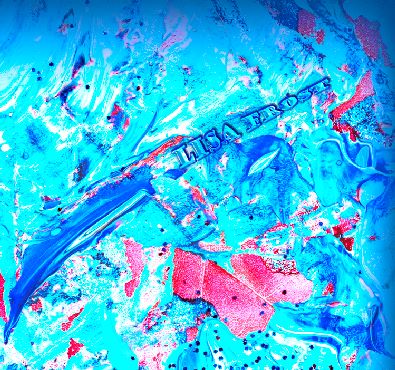
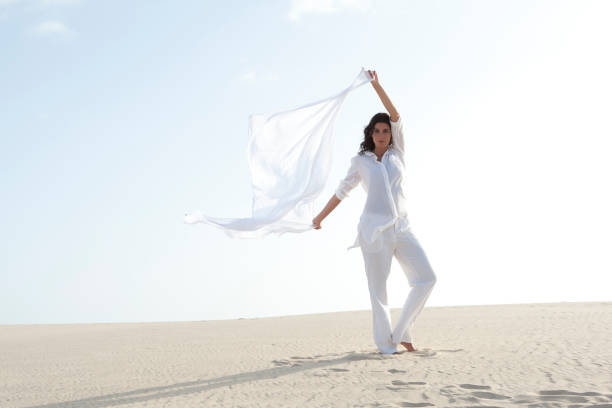
The first sustainable silk scarves- originating in ancient history
The origins of the scarf can be traced back thousands of years, to the cradle of civilization itself. In ancient Egypt, the scarf served not as a fashion accessory, but as a status symbol. The “heqa” or “nekhakha”, a linen kerchief worn around the neck, was adorned by the statues of gods and was seen on high-ranking officials, signifying nobility and reverence.
However, it was the Romans who introduced the scarf as a practical accessory. The “sudarium” – Latin for “sweat cloth” – was a piece of cloth used by Roman men to wipe away sweat from their faces. It was typically worn around the neck or tied to the belt, and over time, its functionality expanded to include protection against the cold and dust. In contrast, scarves during the rule of Chinese Emperor Cheng, were military markers for soldiers’ ranks.
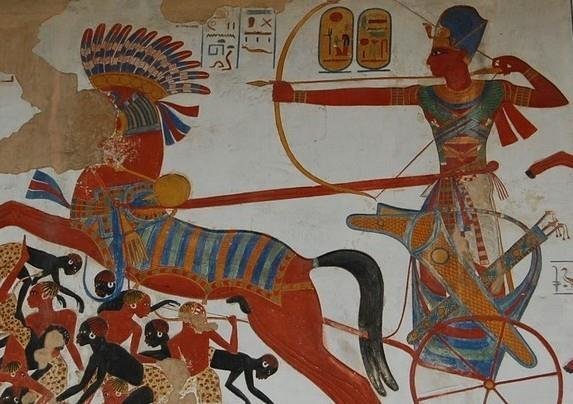
Queen Nefertiti wearing scarf
The Silk Road: The journey of the silk scarf
The scarf’s journey continued through Asia along the legendary Silk Road, where it took on a new life in the form of the silk scarf. Silk, prized for its softness, sheen, and longevity, became a favoured material for scarves, transforming them into luxury items. China and India, the top two producers for silk, greatly influenced the scarf’s evolution, and the beautiful, intricate designs of Chinese and Indian silk scarves continue to rank high to present day.
Napoleon brings an extraordinary gift to Europe: the silk scarf
Empress Josephine Bonaparte had an impressive collection of over 400 scarves in just three years. Inspired by Napoleon Bonaparte’s discovery of Egyptian scarves who gifted his wife, Beethoven adopting scarves as an element of his personal style, transforming his style and adding a dash of debonair to his public image. His fondness for silk scarves, was testament to their growing popularity.
Engaging the skilled hands of 7,000 weavers, a town in Scotland, Paisley, was stirred to weave their own story into the rich fabric of scarves. The town caught the attention of none other than Queen Victoria in 1842. With the purchase of a Paisley scarf, she marked the brand’s reputation, making it a symbol of elegance in Great Britain.
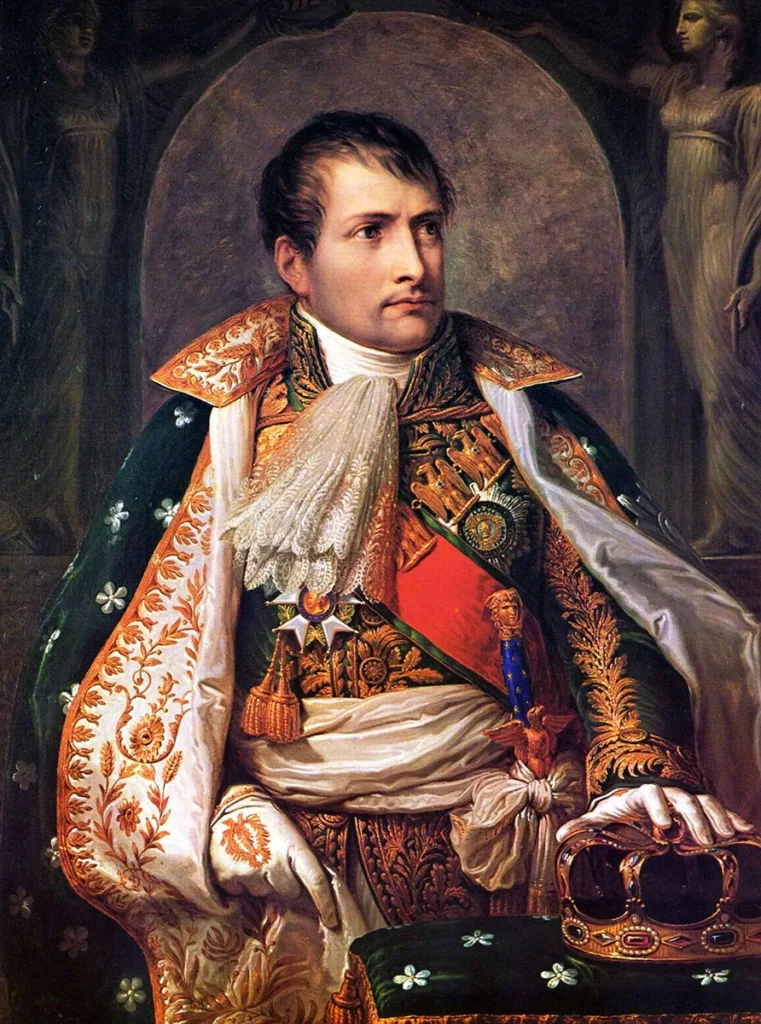
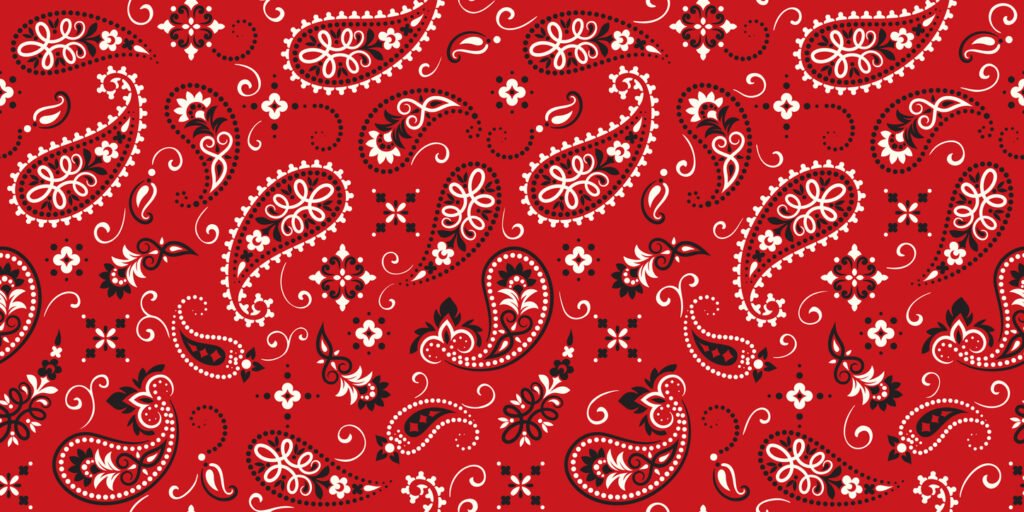
In Europe, the scarf’s transformation from a functional piece to a fashion statement was gradual. In the 19th century, scarves became popular especially in the military. The cravat, a precursor to the modern necktie, was essentially a scarf tied in a specific way.
The rise of luxury fashion houses in the 20th century elevated the scarf to new heights. Hermès, the French luxury goods manufacturer, began producing silk scarves in the 1930s. Their exquisite designs and craftsmanship quickly made Hermès scarves a symbol of elegance and sophistication.
And of course, who can forget the iconic Burberry plaid silk scarf? Introduced in the 1920s, the Burberry scarf, with its distinctive tartan pattern and fine cashmere, has become a classic, beloved by celebrities and fashion lovers alike.
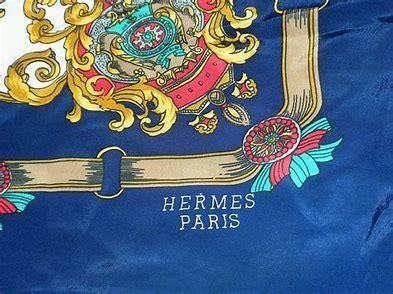

The silk scarf: today and tomorrow
Today, the scarf remains as popular as ever, showcasing its versatility and timeless appeal. From high-fashion runway shows to historic celebrations and everyday street style, silk scarves continue to be an essential accessory. They come in a variety of colours, patterns, designs and themes.
Scarves transcend seasons, proving useful in the winter for warmth and in the summer for protection against the sun. They can be worn in countless ways – around the neck, on the head, tied to a handbag, or even as a handbag – allowing for self- expression and creativity.
The history of silk scarf is a testament to the enduring power of sustainable fashion and its ability to adapt and evolve across cultures and centuries. From its humble beginnings as a simple piece of cloth to its status as a symbol of luxury and style, the silk scarf has remained a constant thread in the tapestry of human history.
Its versatility, functionality, and aesthetic appeal have allowed it to traverse time and trends, maintaining its relevance and resonance. In the realm of accessories, the scarf holds a unique position, serving not only as a personal statement of style but also as a reflection of our collective sartorial evolution.
Looking back at the rich history of scarves, we cannot help but marvel at the journey of this simple, yet iconic piece of fabric. From the ancient Egypt to Beethoven’s style, from the Silk Road to the runways of Hermès and Rory Hutton timeless creations, scarves have a long way to go.
” Each scarf has a story to tell. As an artist I feel human experiences are deeply intertwined with nature and with our planet. I understand that you, like me, wish to tread gently upon this Earth, to leave a soft footprint. In our shared quest for sustainability, I’m delighted to reveal that my chosen medium, silk, is a harmonious ally.
Silk’s creation is a cycle of growth and regeneration. This process, called “mulberry cultivation” by silk farmers, requires planting trees alongside their silkworm colonies.
This beautiful symbiosis makes silk more than just a sustainable choice, but one that actively contributes to the health of our environment. Choosing silk is like writing a love letter to our planet. Sustainable fashion is routed in ancient cavillations and we could learned from our ancestors’ eco-conscious ethos. So, as you embrace my creations, know that together, we are nurturing a more sustainable world, one silk thread at a time.
Anu Nadimpalli – 3am Inspirations
According to 2023 Global “Scarf Market” Analysis by Market Watch, the global scarf market was valued at $21.27 billion in 2022 and is expected to grow at a compound annual growth rate (CAGR) of 6.77% to reach $31.51 billion by 2028
As we look towards the future, one thing is certain: the silk scarf, in all its forms and colours, will continue to be an inspiration for our lifestyle, a testament to our fashion designers and artists creativity and a true insider for human history. The silk scarf is not just an accessory, it is a story, and it is one that we continue to weave, wear, and cherish.
